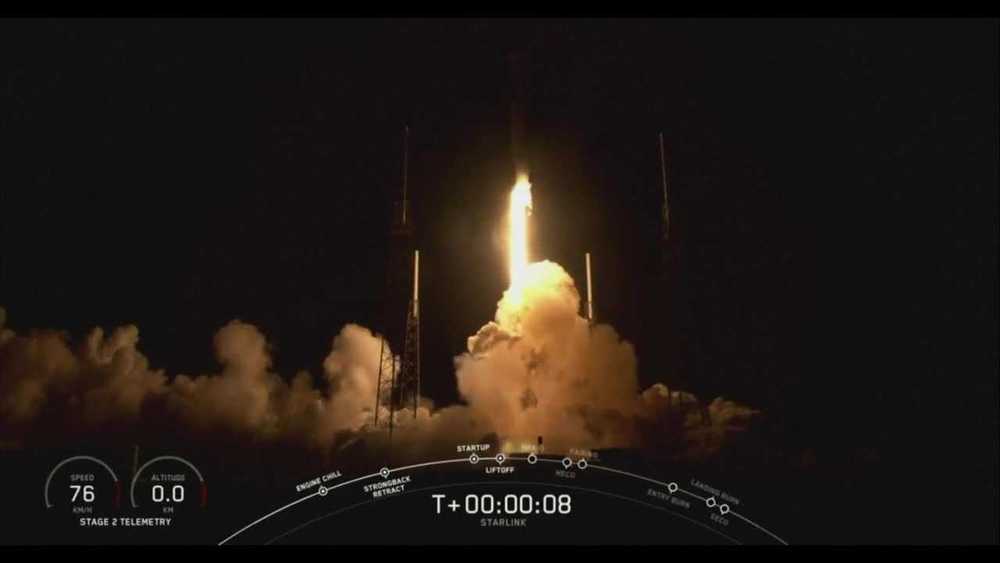Meet Gita, a mobile-carrier that follows people on the go.
Get the latest international news and world events from around the world.
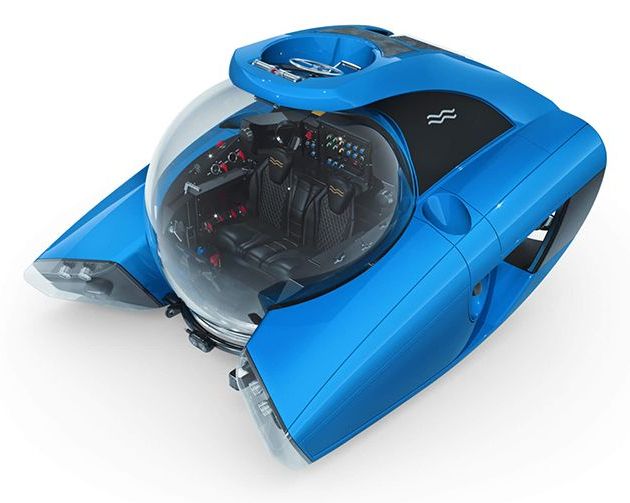
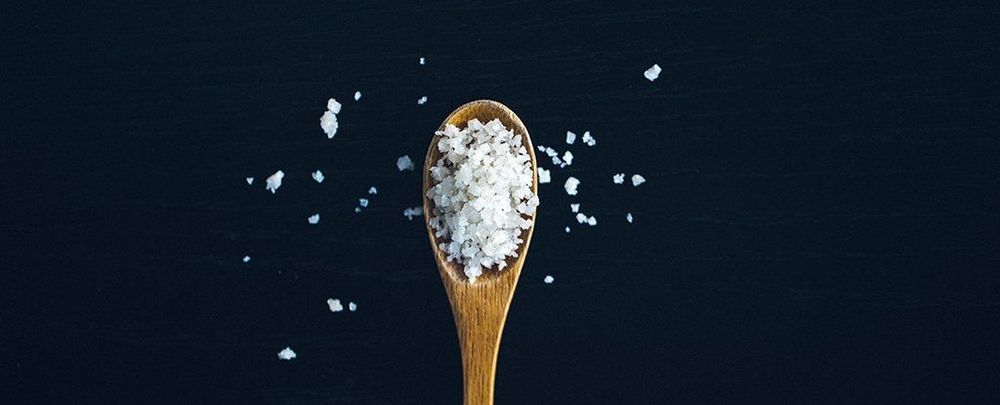
For The First Time Ever, Scientists Have Created Hexagonal Salt
While it probably won’t make it to your dining table, a new scientific achievement might be able to help in everything from radar equipment to electric cars: scientists have been able to form salt, aka sodium chloride (NaCl), in a hexagonal shape.
This is work done at the smallest of scales, with researchers able to get a thin film of hexagonal salt to form on top of a layer of diamond, due to the chemical interaction of both film and diamond substrate – something the team actually predicted would happen in advance through simulations.
It’s the latest in a series of discoveries where scientists have been able to synthesise 2D materials with unusual crystal structures, and it’s partly this self-imposed restriction to two dimensions that is enabling new and exotic structures to be formed.
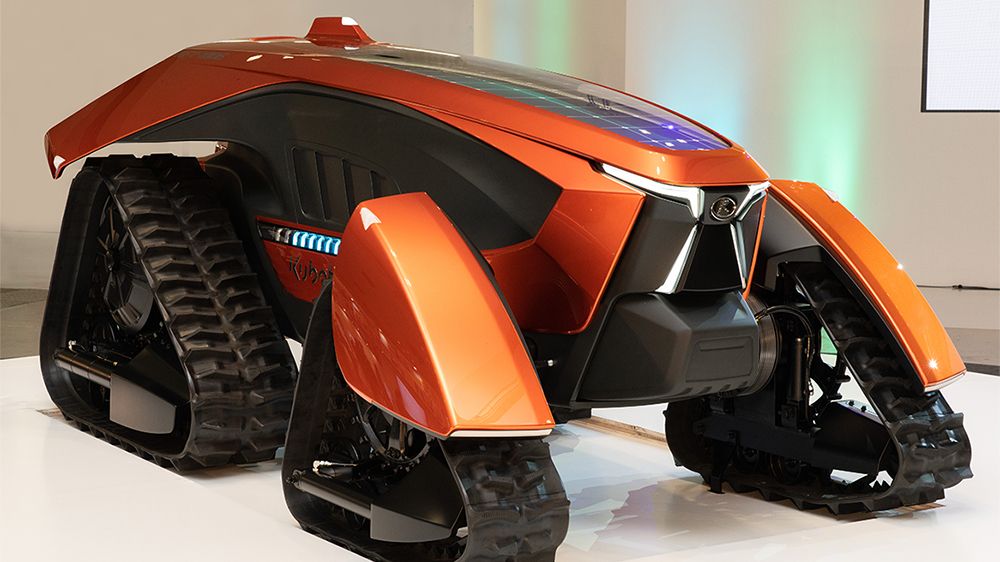


Lancet, NEJM retract Covid-19 studies that sparked backlash
The Lancet, one of the world’s top medical journals, on Thursday retracted an influential study that raised alarms about the safety of the experimental Covid-19 treatments chloroquine and hydroxychloroquine amid scrutiny of the data underlying the paper.
Just over an hour later, the New England Journal of Medicine retracted a separate study, focused on blood pressure medications in Covid-19, that relied on data from the same company.
The journals said the authors of the paper were unable to complete an independent audit of the data underpinning their analyses.

GoSun Grill Is a Solar Oven That Can Cook Even at Night
Have you ever wanted a grill that you can carry anywhere and it doesn’t need fuel? Well, then we present to you the GoSun Grill. This innovative solution to everyone’s need for a cool-looking, fuelless, clean portable oven should be a must on every “outdoorsy” person’s wishlist. Impress your friends with this device and your personal cooking skills at the beach, in the park or wherever you’d like really.
Let’s have a closer look at this solar cooker.
The story of GoSun Grill.
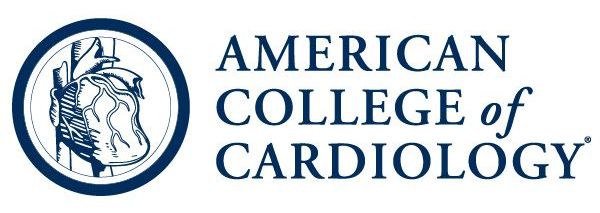
The Safety of Stimulant Medication Use in Cardiovascular and Arrhythmia Patients
· 24 mins ·
Safety was the reason the WHO stopped clinical trials of a drug that is not even an amphetamine. This happened before the racial divide, distraction, and mass confusion.
So let US think with a clear head. If Hydroxychloroquine is unsafe because of heart concerns, why give children amphetamines for ADHD, when marijuana and other natural measures offer many more safer alternatives? I know of them, why don’t the WHO and FDA, who know more than I do know as well? I can start a w… See More.
First-line stimulant class medications, such as methylphenidate and amphetamine formulations are FDA approved for the treatment of Attention Deficit Hyperactivity Disorder (ADHD) and narcolepsy. It is estimated that 4.4% of US adults experience some symptoms and disabilities of ADHD. However adults receive 32% of all issued stimulant prescriptions.1 Off-label treatment for conditions including weight management, fatigue related to depression, stroke, traumatic brain injury, or hyper-somnolence due to Obstructive Sleep Apnea (OSA) may account for the high prevalence of stimulant use in adults. Such conditions are frequently associated with history or risk of cardiovascular disease. Of note, OSA and other forms of sleep-disordered breathing have unfavorable effects on cardiovascular physiology, predisposing affected individuals to cardiovascular disease and cardiac arrhythmias.2,3
Due to reports of cardiovascular adverse events and observed physiological effects, the package inserts for stimulant drugs warn against use in patients with preexisting heart disease or cardiac structural abnormalities due to risk of sudden death, stroke, and myocardial infarction (MI).4–6 Furthermore, the FDA issued a safety announcement in 2011 stating that stimulant products and atomoxetine should not be used in patients with serious heart problems, or for whom an increase in blood pressure (BP) or heart rate (HR) would be problematic.7 Table 1 summarizes the available stimulant and stimulant-like medications, including those referenced by the FDA. Debate remains on the safety of stimulants in the cardiovascular population. Specifically, the use of stimulants in patients with history of or susceptible to arrhythmias has not been studied. In an effort to elucidate risk, interpretation of current evidence surrounding stimulant and stimulant-like drugs is offered.
